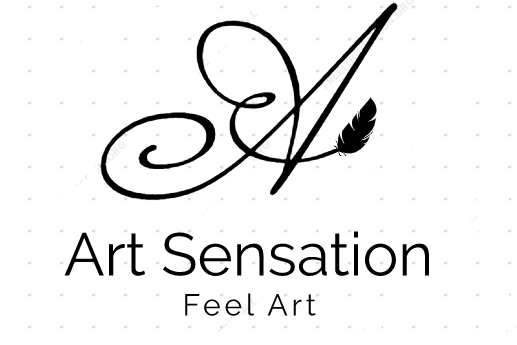The Garden of Earthly Delights is an oil painting on wood by the Dutch painter Hieronymus Bosch, belonging to the period of the Flemish Primitives. The work is structured as a triptych, a format often used by painters from the early 15th century to the early 17th century in the northern part of Europe. The painting depicts three scenes: earthly paradise on the left, the human world in the center and hell on the right. It is considered one of the most puzzling and original works in art history.
Historical context of the work
The Garden of Earthly Delights was created around 1505, at a time of profound political, religious and cultural upheavals in Europe. The Netherlands, where Bosch lived, were then part of the Holy Roman Empire under the reign of Maximilian I. The region was marked by economic prosperity but also by social tensions and armed conflicts.
On the religious level, the end of the Middle Ages and the beginning of the Renaissance were characterized by a revival of piety but also by a questioning of the authority of the Catholic Church. Humanist ideas were spreading thanks to the invention of printing and heralded the Protestant Reformation that would break out in the 16th century.
On an artistic level, Bosch was influenced by Flemish tradition but also by Italian innovations. He was a member of a religious and artistic brotherhood called the Illustrious Brotherhood of Our Lady, which provided him with commissions and contacts. He was also appreciated by great patrons of his time, such as Duke Philip the Handsome or King Charles V.
The origin and patron of The Garden of Earthly Delights are not known with certainty. It is possible that it was commissioned by a member of the Nassau family or by an ecclesiastical dignitary. It is also possible that it was intended for private use or for didactic purposes.
Analysis of the painting
The Garden of Earthly Delights is a painting measuring 220 x 389 cm. It is presented in the form of a triptych that can be closed like a book. When closed, it shows a representation of the earth surrounded by a biblical quotation from Psalm: “He has made everything beautiful in its time; he has put eternity into their hearts.”
When opened, it shows three scenes that are read from left to right:
The left panel represents earthly paradise as described in Genesis. We see God the Father presenting Eve to Adam in a lush landscape populated with exotic animals. Above them, an angel drives out a group of rebellious angels who will become demons from paradise.
The central panel represents the human world after original sin. We see a multitude of naked characters engaging in various playful, erotic or musical activities in a lush setting with plants and fruits. In the center, a circular fountain symbolizes both life source and sin.
The right panel represents hell as described in Christian tradition. We see damned souls undergoing horrific torture inflicted by grotesque monsters in a dark and chaotic landscape. In the background, a city in flames evokes final destruction.The composition of the painting is based on contrast between circular and rectangular shapes, light and dark colors, natural and artificial elements. Bosch uses oil on wood technique which allows him to create transparency and depth effects that enhance realism in scenes. He also takes care with details such as characters, animals and objects that demonstrate great inventiveness.
Interpretation
The Garden of Earthly Delights is an enigmatic and fascinating work that elicits many interpretations. Most critics agree that it is a moral allegory illustrating humanity’s destiny according to its choices between good and evil. But explanations about precise meaning of scenes and symbols vary according to cultural and philosophical references used.
A common interpretation is one that refers to Christian doctrine of individual and collective salvation. According to this reading, painting would represent four stages in human history: original creation (earth globe), state of innocence (earthly paradise), state of sin (human world) and final state (hell). Painting would thus be warning to men to repent and follow divine commandments.
Another possible interpretation is one based on medieval and Renaissance literary sources dealing with theme of garden as symbolic place. According to this reading, painting would represent three possible types of gardens: enclosed garden (earthly paradise), open garden (human world) and inverted garden (hell). Painting would thus be reflection on human nature and its contradictory aspirations.
Other interpretations have been proposed over time: eschatological vision linked to end-of-world; humanist vision linked to individual freedom; alchemical vision linked to spiritual transmutation; esoteric vision linked to initiatory secrets.
The Garden of Earthly Delights is therefore complex and captivating work inviting contemplation and questioning. It is also emblematic work from Flemish Renaissance testifying to Bosch’s artistic and cultural talent.
